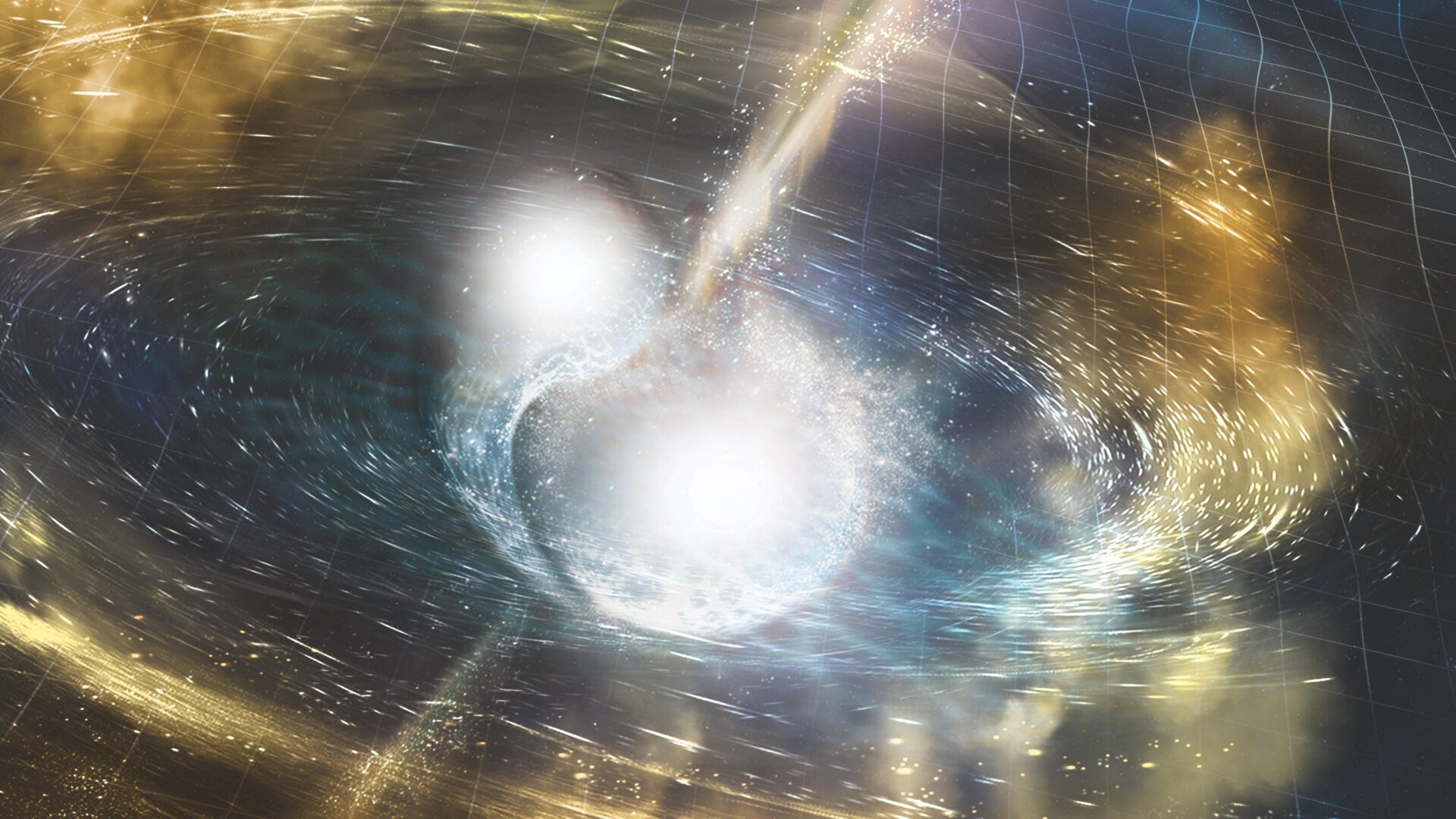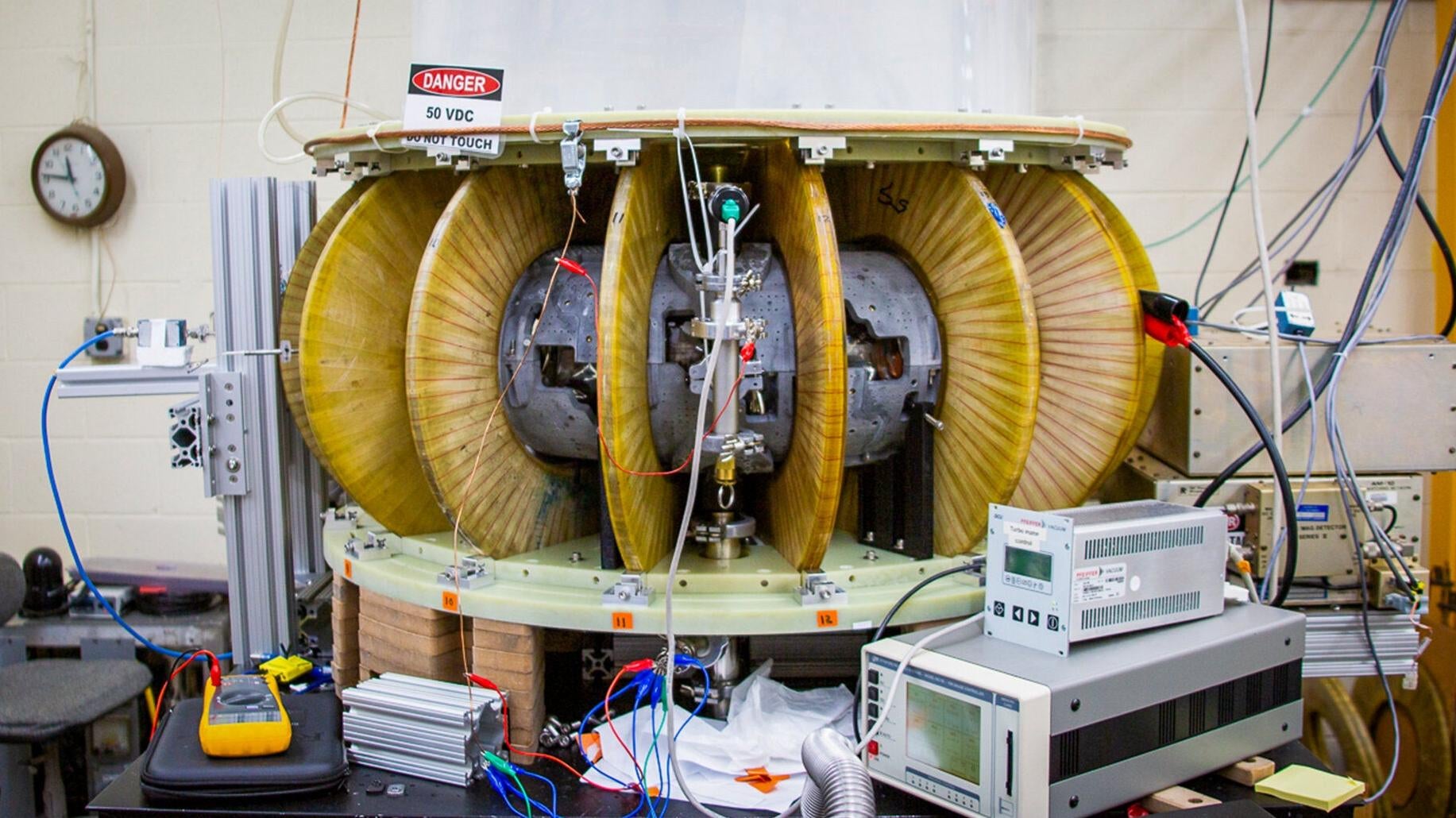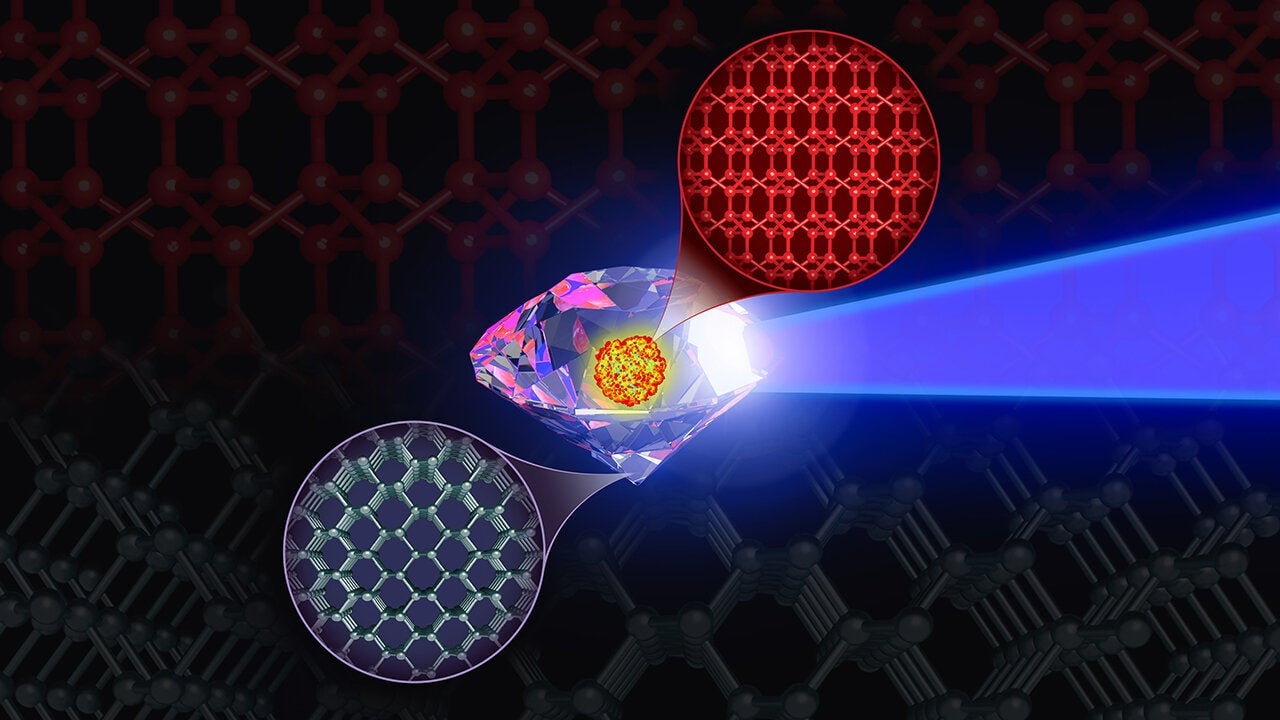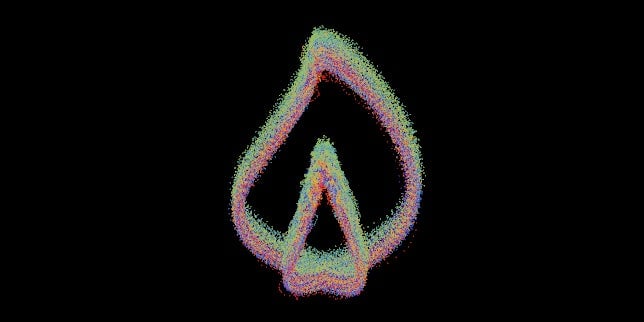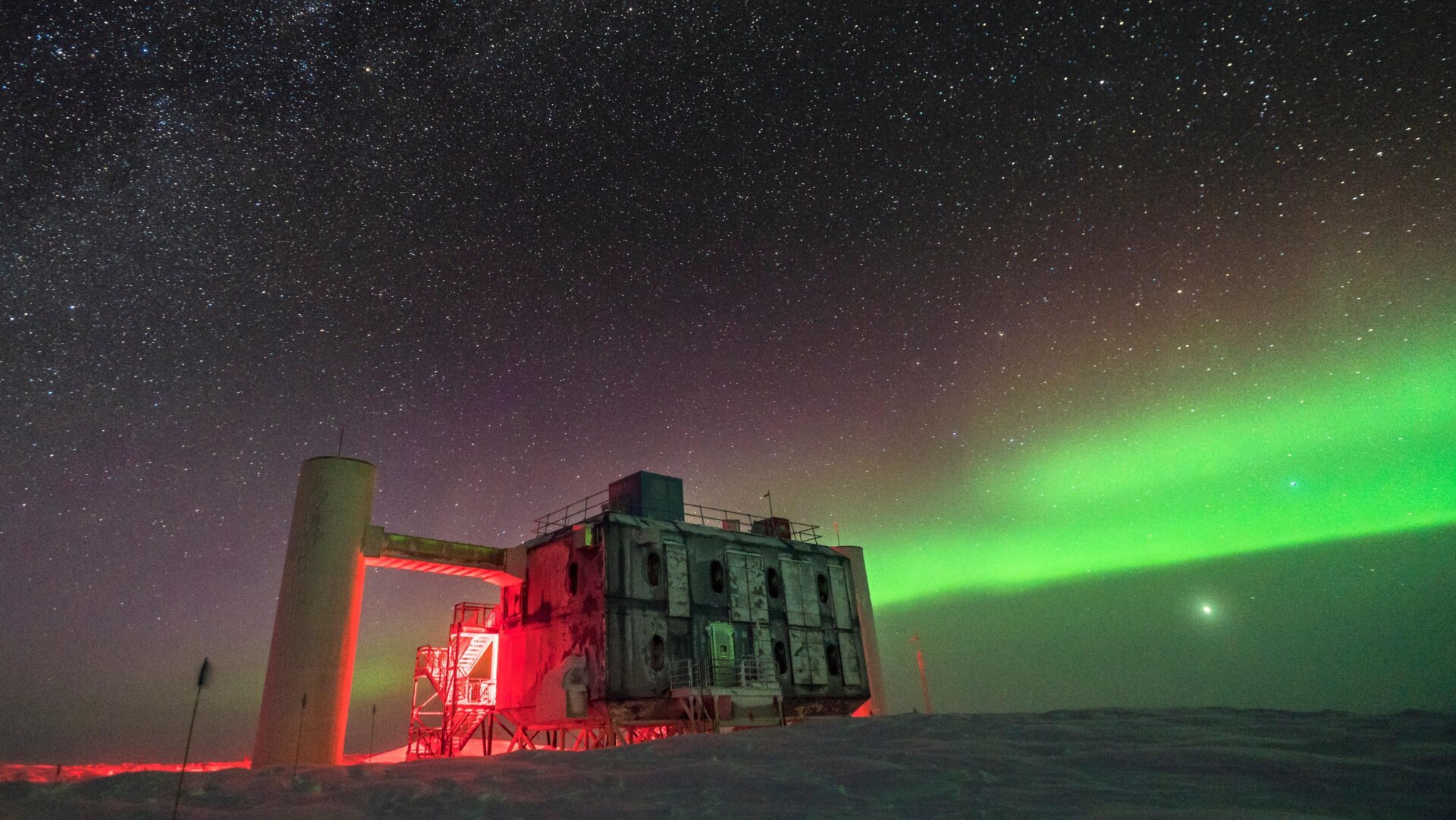The collision of two incredibly dense neutron stars, the remnants of collapsed massive stars, offers potential clues to the existence of axions, hypothetical particles proposed as a dark matter candidate. This cosmic event, located approximately 130 million light-years away, provides valuable data for investigating the nature of these elusive particles.
Neutron stars, formed when massive stars collapse, are so dense that electrons are forced into protons, creating an environment ripe for exotic physics. These extreme conditions make them a potential source of axions, and specifically, axion-like particles (ALPs), a broader category of dark matter candidates. New research published in Physical Review Letters analyzes spectral and temporal data from the 2017 neutron star merger observed by the Fermi Large Area Telescope (Fermi-LAT), providing constraints on how ALPs interact with photons.
The study proposes that ALPs produced during the merger escape and decay into two photons, creating a detectable electromagnetic signal. “For a neutron star merger, there’s a unique opportunity where you could get the photon signal,” explains Bhupal Dev, physicist at Washington University in St. Louis and lead author of the study. “We could utilize this multimessenger study, this data, to probe some new physics beyond the Standard Model.” This multimessenger approach combines gravitational wave data with electromagnetic observations to uncover new insights.
Dark matter is estimated to comprise 27% of the universe, yet its weak interaction with ordinary matter makes detection challenging, primarily relying on its gravitational influence. Among the proposed dark matter candidates are Weakly Interacting Massive Particles (WIMPs), hidden photons, massive compact halo objects (MACHOs), and axions.
The axion, named after a laundry detergent, was theorized in the 1970s to address the strong-CP problem in physics, a puzzle concerning the symmetry of quarks. Neutron stars, second only to black holes in density, offer a unique observational window due to their ability to emit light, unlike black holes. According to Dev, axions could arise from neutron star mergers through photon coalescence, where photons fuse in the extreme heat, or through the Primakoff process, involving photon interaction with electrons.
The theorized tiny size of axions allows them to escape easily, but the relatively massive proton causes a slight delay in their emergence. This delay, measured at 1.7 seconds, matches the observed lag between the gravitational wave and electromagnetic signals from the merger. Distinguishing axion-related photon signals from other astrophysical processes requires analyzing both timing and spectral characteristics. “We can analyze both the timing information and we can also analyze the spectral features. And that’s where we can disentangle these kinds of new physics signals from the standard astrophysical processes,” Dev clarifies.
Several Earth-based experiments, including LUX-Zeplin, XENON-1T, and ALPS II, are also searching for axions. Other projects like ADMX and the Dark Matter Radio Pathfinder are focusing on hidden photons, another dark matter candidate. Future iterations of the Dark Matter Radio will also hunt for axions.
While these searches often yield no immediate results, exploring the full range of potential axion masses is crucial for their eventual discovery. This new research provides further constraints on ALPs and offers hope for future astrophysical observations to shed more light on these enigmatic particles, complementing ongoing laboratory efforts.
The search for axions is a challenging endeavor, but the combined efforts of astrophysical observations and terrestrial experiments bring us closer to understanding the nature of dark matter and its role in the universe.
More: What Is Dark Matter and Why Hasn’t Anyone Found It Yet?



